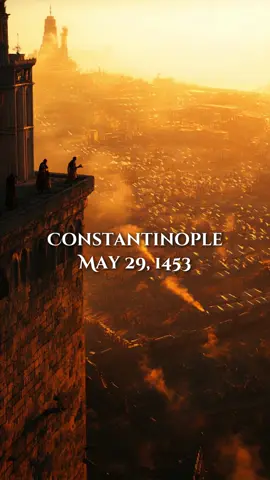Zero
Region: US
Thursday 29 August 2024 22:32:16 GMT
720
92
3
1
Music
Download
Comments
Kakashi :
You remind me of Alice Cullen from twilight
2024-08-29 22:36:10
1
tobiqxx :
god you look so COOL
2024-11-24 00:53:58
1
To see more videos from user @pastelsvoid, please go to the Tikwm
homepage.





